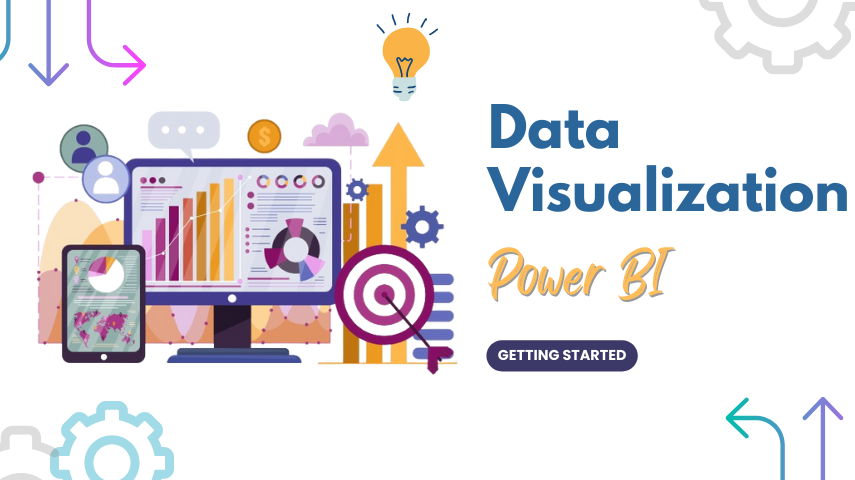Module 1: Introduction to Full-Stack Web Development
- Overview of Full-Stack Development:
- Client-server architecture
- Introduction to Node.js, Next.js, MySQL, and MongoDB
- Overview of the MERN stack (MongoDB, Express, React, Node.js)
- Setting Up Development Environment:
- Installing Node.js, npm, and Next.js
- Setting up MySQL and MongoDB databases locally
- Code editor setup (e.g., Visual Studio Code)
- Version control using Git and GitHub
- Basic Full-Stack Architecture:
- Connecting Frontend (Next.js) with Backend (Node.js)
- Overview of RESTful APIs and GraphQL
Module 2: Introduction to Node.js and Express.js
- What is Node.js?:
- Understanding the event-driven, non-blocking I/O model
- Setting up Node.js environment
- Building the First Node.js Application:
- Using Node.js core modules (fs, path, http)
- Working with Express.js for routing and middleware
- Handling requests and responses
- Creating RESTful API with Express:
- Setting up routes for CRUD operations
- Middleware for logging, error handling, and request parsing
- Integrating MySQL with Node.js:
- Introduction to MySQL and relational databases
- Using
mysql2orsequelizeto connect to a MySQL database - Writing SQL queries from Node.js
Module 3: Introduction to React and Next.js
- What is Next.js?:
- Introduction to server-side rendering (SSR) with Next.js
- Static Site Generation (SSG) vs Server-Side Rendering (SSR)
- Pages and Routing in Next.js
- Creating React components and pages in Next.js
- Building Static and Dynamic Pages:
- Static content and dynamic content in Next.js
- Creating dynamic routes and pages with Next.js
getServerSidePropsandgetStaticProps
- Client-Side Navigation with Next.js:
- Using the
Linkcomponent for routing in Next.js - Prefetching and lazy loading with Next.js
- Using the
- React Fundamentals in Next.js:
- Managing state and props in React
- Functional components and hooks (
useState,useEffect) - Styling components with CSS-in-JS, Tailwind CSS, or styled-components
Module 4: Working with MySQL Database
- Understanding Relational Databases and MySQL:
- Database normalization and schema design
- Creating tables, indexes, and relations (One-to-Many, Many-to-Many)
- CRUD Operations in MySQL:
- Basic SQL commands (SELECT, INSERT, UPDATE, DELETE)
- Complex queries using JOINs, GROUP BY, and ORDER BY
- Transactions and handling multiple database operations
- Connecting MySQL with Node.js:
- Using
mysql2orSequelize ORMfor interacting with the database - Writing SQL queries in Express routes for dynamic data handling
- Using
- Database Migrations and Seeding:
- Setting up database migrations and versioning
- Seeding the database with sample data for testing
Module 5: MongoDB – NoSQL Database
- Introduction to MongoDB:
- What is MongoDB and when to use it over relational databases?
- MongoDB’s flexible document-oriented storage
- Setting Up MongoDB with Node.js:
- Connecting to MongoDB using
mongooselibrary - Setting up schemas and models with Mongoose
- Performing CRUD operations with Mongoose
- Connecting to MongoDB using
- MongoDB Aggregation Framework:
- Using MongoDB’s aggregation pipeline for complex queries
- Grouping, sorting, and filtering data
- When to Use MongoDB vs MySQL:
- Choosing the right database for your application
Module 6: Advanced Node.js Features and API Development
- User Authentication and Authorization:
- Implementing user authentication using JWT (JSON Web Tokens)
- Protecting routes and handling session-based authentication
- Role-based access control and middleware
- File Uploads in Node.js:
- Handling file uploads (images, documents) in Node.js
- Storing files locally or in cloud storage (Amazon S3, Google Cloud)
- Building Advanced RESTful APIs:
- Implementing pagination, sorting, and filtering in API routes
- Versioning your API and handling cross-origin requests (CORS)
- Error handling and validation in Node.js API
- Using Redis for Caching:
- Introduction to Redis for improving API performance
- Caching frequently accessed data (e.g., user sessions, queries)
Module 7: Advanced Features in Next.js
- Advanced Features of Next.js:
- Using
getServerSidePropsandgetInitialPropsfor dynamic data fetching - Custom server setups in Next.js for complex routing
- Using
- API Routes in Next.js:
- Creating backend APIs directly within Next.js using API routes
- Handling server-side logic and data manipulation in Next.js
- Calling external APIs and databases from API routes
- Optimizing Performance in Next.js:
- Static optimization and automatic code splitting
- Preloading data and prefetching components in Next.js
- Using Image and Script components for optimization
- Deploying Next.js Applications:
- Deploying Next.js to platforms like Vercel, Netlify, or custom servers
Module 8: Connecting Frontend (Next.js) and Backend (Node.js + MySQL/MongoDB)
- Connecting React (Next.js) with Backend API:
- Fetching data from Node.js APIs in Next.js using
fetchoraxios - Handling asynchronous calls with
useEffectanduseState - Displaying fetched data dynamically in React components
- Fetching data from Node.js APIs in Next.js using
- Authentication Flow between Frontend and Backend:
- Managing user sessions in Next.js with JWT
- Storing tokens in cookies or local storage
- Protecting routes and ensuring authorization on the frontend
- Handling Form Submissions in React:
- Sending form data from Next.js to Node.js API (e.g., sign up, login, post data)
- Validating form data and showing error messages
Module 9: Advanced Topics in Full-Stack Development
- State Management with Redux:
- Introduction to Redux for managing global state in React
- Using Redux with React and Next.js for complex state management
- Creating actions, reducers, and the Redux store
- Real-time Communication with WebSockets:
- Introduction to WebSockets and real-time applications
- Integrating Socket.io with Node.js and Next.js for real-time features (e.g., chat, notifications)
- Serverless Architecture:
- Introduction to serverless concepts
- Deploying parts of the application in a serverless environment (AWS Lambda, Vercel Functions)
- Managing serverless databases (e.g., AWS DynamoDB, MongoDB Atlas)
Module 10: Deployment and Performance Optimization
- Deploying Full-Stack Applications:
- Deploying Next.js frontend on Vercel, Netlify, or custom servers
- Deploying Node.js backend on Heroku, DigitalOcean, or AWS
- Integrating MySQL and MongoDB for production use
- Performance Optimization:
- Optimizing API performance (caching, query optimization)
- Using Cloudflare or a CDN for faster content delivery
- Image optimization in Next.js for faster loading
- Security Best Practices:
- Securing Node.js APIs with HTTPS, rate limiting, and input validation
- Securing JWT authentication and handling CORS
- Protecting sensitive data in MongoDB and MySQL



